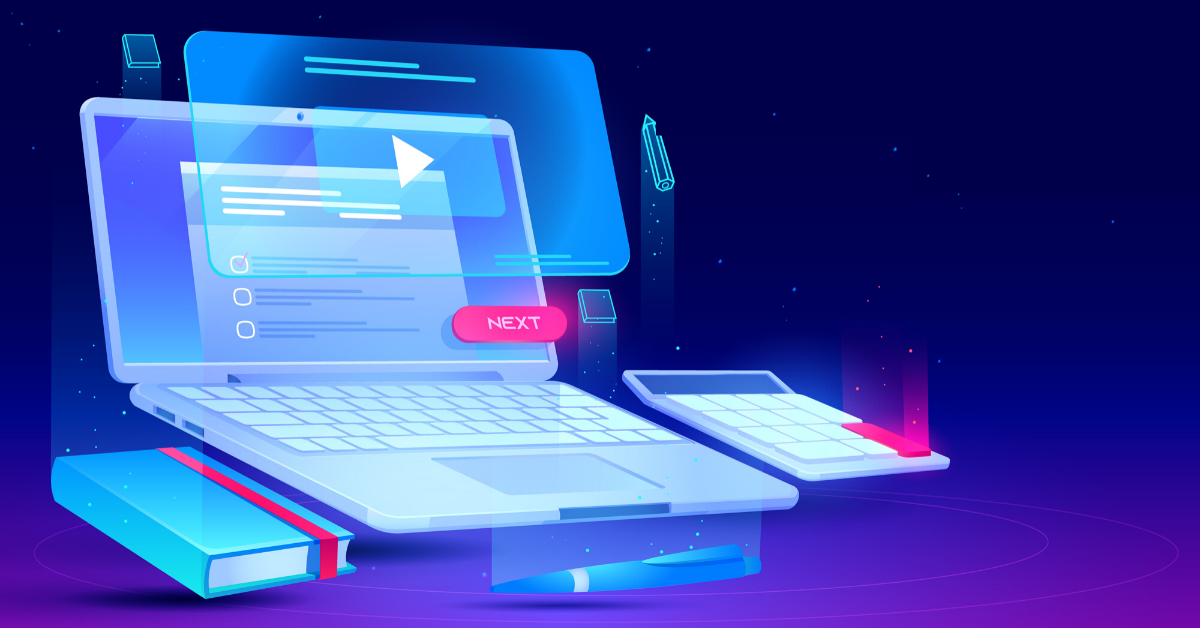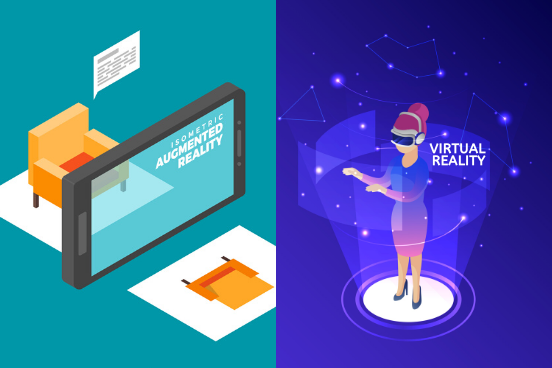Are Emerging Technologies Reducing The Need For Textbooks?
There was a time when the new academic year in schools and colleges meant new textbooks with new learnings. The education system aimed to develop bright young minds with traditional teaching methods. Even today, we have the same expectations to march ahead through the power of education.

There’s one thing however that seems to have taken a backstage, allowing its advanced counterparts to take center stage. While textbooks remain the mainframe of existing curriculums, newer emerging technologies seem to be grabbing the limelight. Education providers, school teachers, and university professors prefer technology over textbooks in order to improve the method of imparting knowledge. Their aim is to primarily make learning fun and interesting for students.
Emerging technologies create new possibilities in education
Is there a possibility that textbooks may one day become a thing of the past? Would we live in a world where we tell stories to our kids about textbooks that used to be found in every school bag and on study tables? It does seem like a distant notion. However, it also might be possible, if not completely.
So, what kinds of technology are reducing the need for textbooks?
1. Augmented reality: AR - If you’ve heard of or played - Pokémon Go - then give credits to this technology for making it a reality. AR superimposes information like images, sounds, and texts in the world we see, thereby, making things more interesting and interactive. Teachers have used apps like - Aug That, Elements 4D, and Anatomy 4D - to teach students about concepts of a more complex nature.
2. Virtual reality: VR - This form of technology places the user inside an experience through virtual reality headsets. These devices are mounted on the head of the user.
What they see is a computer-generated simulation that mirrors the environment selected. This software captivates the user and keeps them glued till the end of the experience.
3. Gamification of learning: Here is interesting an educational approach that helps students learn through video games. The student learns effectively through the challenges and entertainment that the games have to offer during their e-learning process.
4. Artificial intelligence: AI - This makes a teacher’s life easier by eliminating the excess time spent in evaluating essays, grading homework, syllabus creation, and analyzing student performances. Classroom lectures might soon be replaced by AI due to its usefulness in personalized or customized learning experiences.

5. Internet of things: IoT - This involves connecting the things of this world to the internet. This is where learning gets interesting. Applications of IoT are aimed towards helping students connect with educators worldwide.
6. Learning Management systems: LMS - A widely used platform for delivering courses and programs customized according to the student’s preferences. This system has been around for a while now and still seems to be used due to its method of delivering education. It uses software where the educator can teach a subject on the screen while he or she is situated in any part of the world.
7. Cloud computing: This is a software where a group of computing resources located at various places in the world is connected. The system, therefore, makes data available to students as well as teachers, parents and the staff. The data is accessed from anywhere across the world. Due to this technology, schools are able to maintain a unified framework of education and manage it accordingly.
8. Virtual and remote laboratories: This is an interesting way to match the environment and resources of a real laboratory. This web application really helps teaching students in a safe environment where they can practice without the risk of any harmful chemical components.
9. 3-D printing: A highly emerging technology that prints 3D formats ranging from geographic locations to cellular structures. This makes learning more interactive by nature. Students are able to understand a concept in-depth about subjects that were once only visible in colored printed textbooks.
Originally published in India Today.
